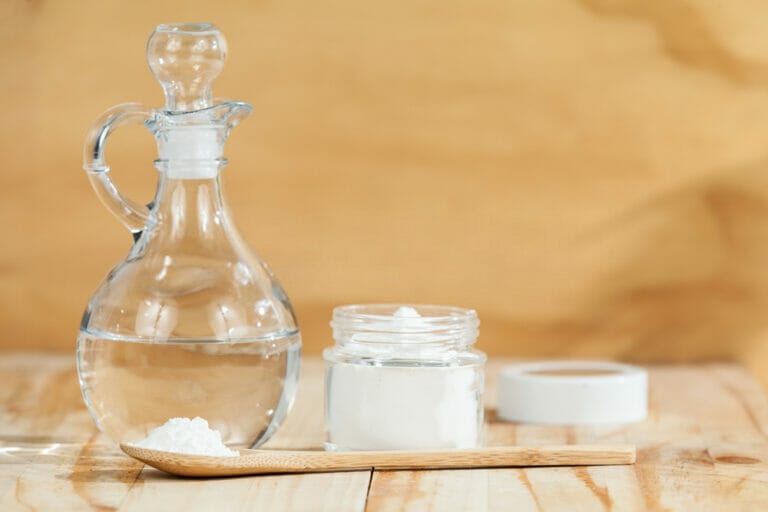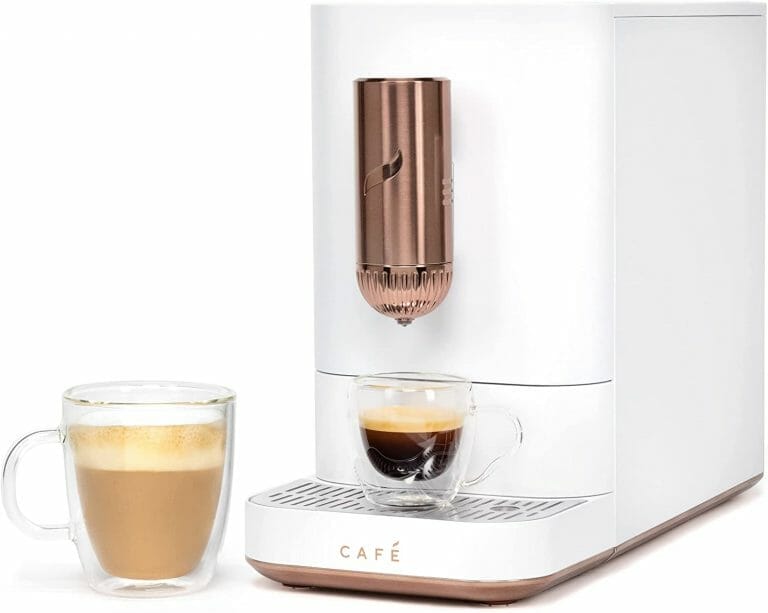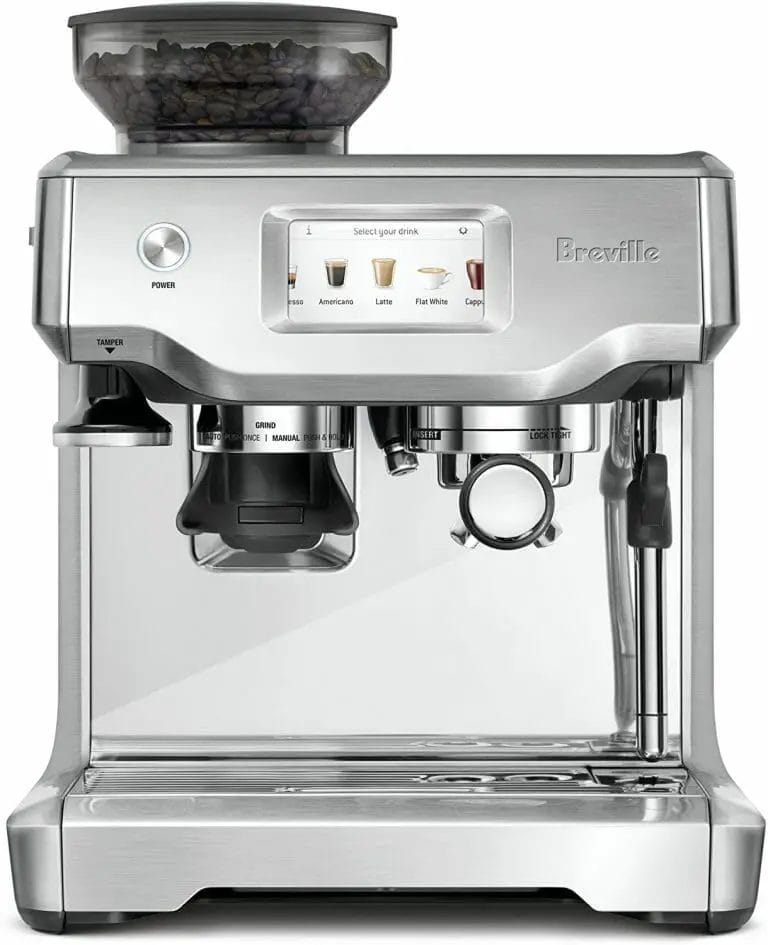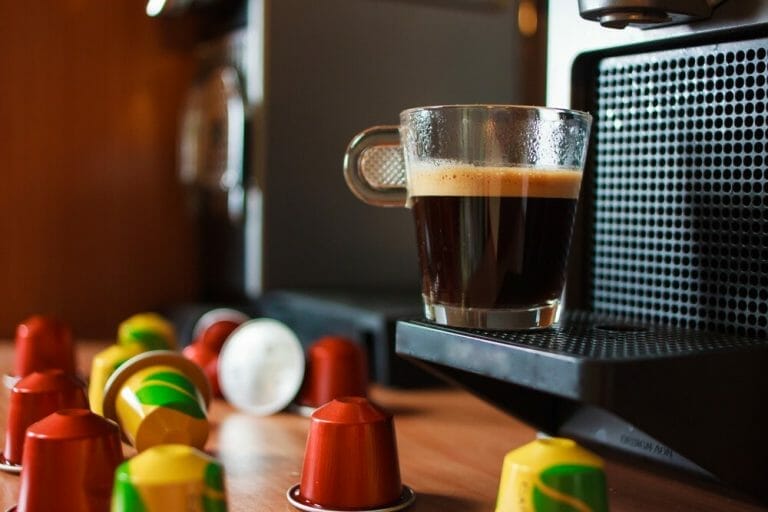How To Make Einspänner Coffee (Viennese Coffee)
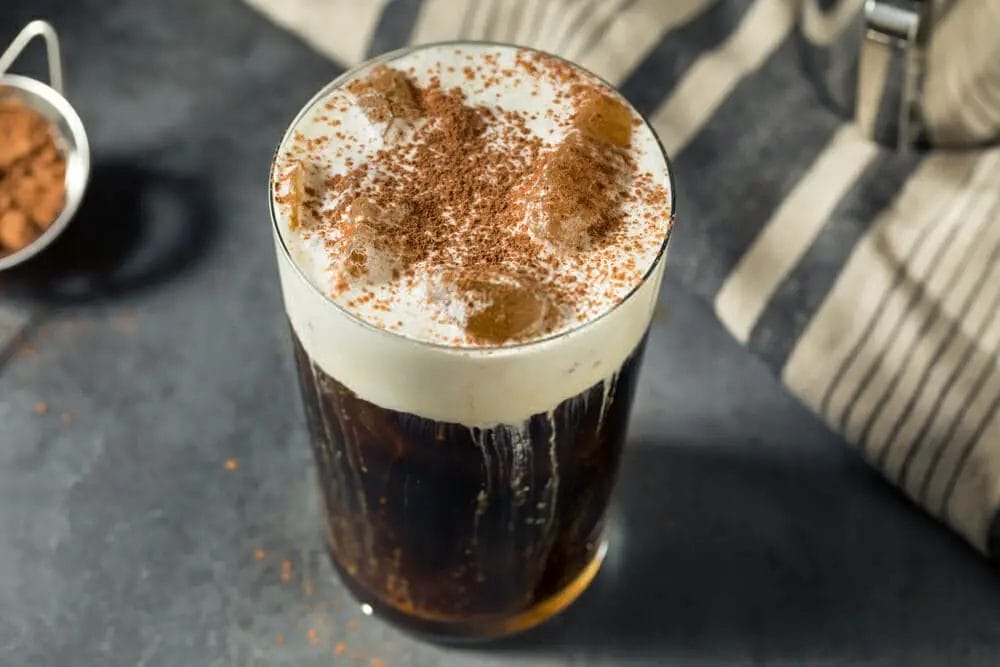
Do you want to impress your guests with a unique Viennese coffee?
Try our Einspänner recipe! Viennese coffee is a trendy drink in the Vienna region and consists of hot, strong black coffee with a dash of milk.
In the first half of the 19th century, this drink was a hot topic in Vienna: the coffee house scene was bustling during that time, and Viennese coffee houses were always full of customers (also during the early 20th century).
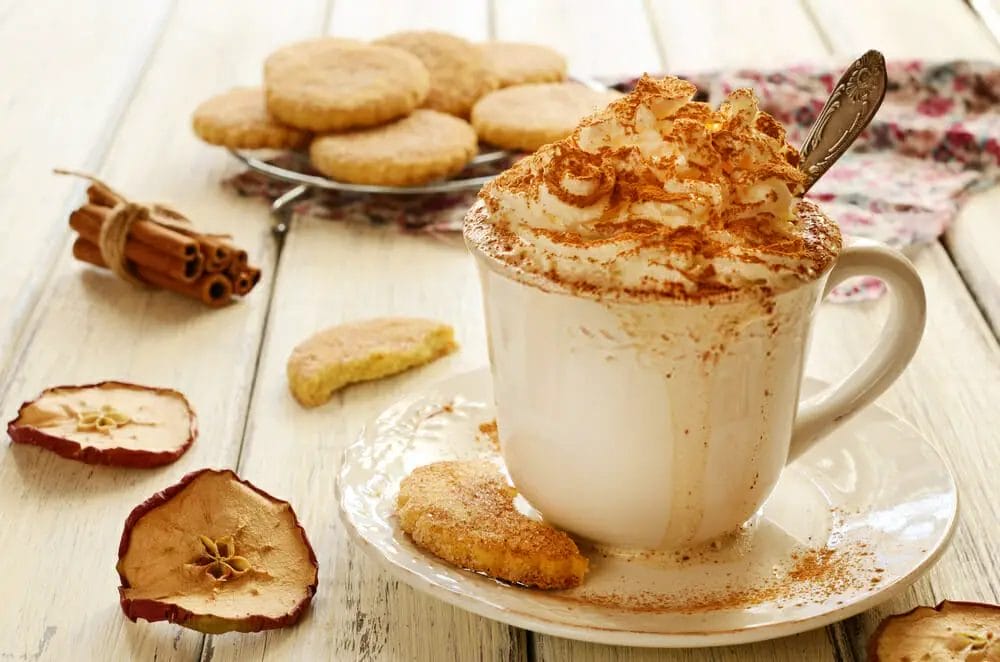
The Viennese coffee house was an important social place where people could meet and relax with friends, have a quick nap or even play a game of chess.
Einspänner coffee is a well-known speciality in Vienna, Austria. It's most popular in coffee houses, but it can also be made at home.
The ingredients needed to make the coffee are pretty easy to find, and it will only take around 20 minutes to complete.
What is Viennese coffee?
Viennese coffee is a traditional strong coffee with milk. It should not be confused with a flat white coffee (also called cappuccino or macchiato). Viennese coffee consists of high-quality ground coffee, milk and sometimes sugar.
The coffee is brewed in a unique coffee pot. The pot can be filled with water and coffee grounds, while the lid keeps the coffee warm.
Viennese coffee is served in Vienna and many other parts of the world. It has always been prevalent in Vienna too.
It was so popular in the first half of the 19th century that even restaurants only served Viennese coffee during certain hours (they are still around today!).
So, if you want to make a traditional Viennese coffee, read our recipe below. You could also serve it in a unique Viennese coffee pot, but optional.
Ingredients:
- Two espresso shots
- Brown sugar
- Cocoa powder
- Whipping cream
- Vanilla extract
- Powdered sugar
How to make it

- Whip the heavy cream until firm and peaks form, either by hand or with a mixer fitted with the whisk attachment.
- Fill a cup halfway with freshly brewed espresso and top with whipped cream.
- Because the cream-to-espresso ratio in an Einspanner is 1:1, not all of the cream will be used up—But you certainly can if you want!
- To finish, sift on cocoa powder and sprinkle with brown sugar to taste.
What Is In Vienna Coffee?
There is strongly brewed coffee , chocolate syrup and a topping of whipped cream.
The coffee used to make Viennese coffee is brewed strongly with a small amount of water.
We recommend using a French press to brew the coffee. This is a brewing method that’s popular in France and involves pushing down the plunger slowly so you can control how much coffee grinds are filtered at once.
What Is A Viennese Cappuccino?
Viennese coffee with whipped cream and cocoa powder is called Einspänner.
Why Is Vienna Famous For Coffee?
Vienna has been famous for coffee since the 18th century.
In Vienna, there are more than 80 coffee shops, such as Café Sacher or Café Central.
This legacy is demonstrated in the fact that many of them have survived until today.
Viennese coffee is most popular at breakfast time, in cafés and restaurants. It is also available at fast-food restaurants or chain stores such as Starbucks, Costa Coffee and Caffe Nero.
Does Vienna coffee have alcohol?
No, Vienna coffee has no alcohol. High-quality coffee beans are used to make the drink, but they do not contain alcohol.
However, some traditional Viennese coffee houses offer a non-alcoholic alternative of Einspänner called Cappuccino.
How much is a cup of coffee in Vienna?
A cup of coffee in Vienna is expensive.
One cup coffee from a restaurant costs around €2.50, but it can cost as much as €4 at a fast-food chain or Starbucks.
What is placed on top of Vienna coffee?
Some of you might have seen whipped cream on top of a coffee, especially cappuccino.
This topping is called Schlag (pronounced “shla-g”).
Schlag is made by whipping heavy cream until it becomes stiff. The Schlag is either spooned on top of the coffee or sprinkled on after the drink is finished.
Conclusion:
That’s it! You can now enjoy your delicious Einspänner (Viennese coffee)! If you want to learn to make other Vienna specialities, check out our other articles!
If you have any questions, feedback or suggestions, please comment below.

